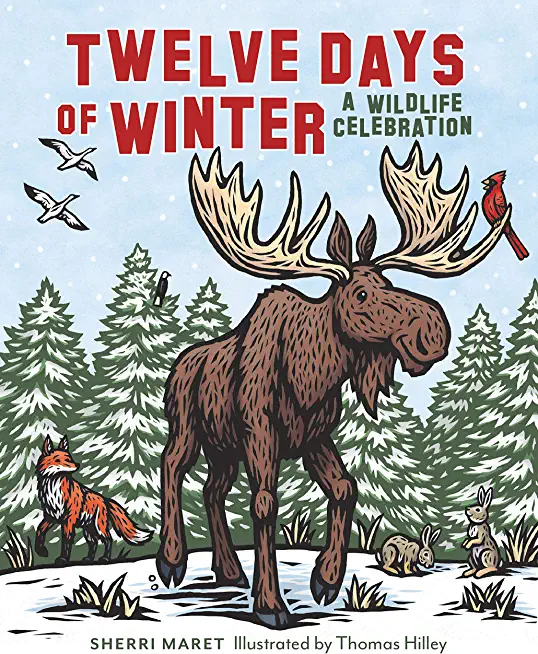
With the 1933 repeal of Prohibition, America was thrust into a cocktail fever. After 13 years of bootleg gin and unscrupulous speakeasies cheating their customers, people were ready for better booze and creative cocktails they could make at home with friends. But the new generation of drinkers came of age during Prohibition, and they didn't know what to make, much less how make it.
The solution was a flood of cocktail books hitting the market in the mid-1930s. The most famous-and longest lasting-is Old Mr. Boston's DeLuxe Official Bartender's Guide. This recipe book, first published in 1935, was intended to be both a useful resource and a marketing tool for the Old Mr. Boston distillery in Boston, Massachusetts. The distillery was opened the same year that Prohibition ended, in 1933. Producing budget gin, bourbon, rum, brandy, cordials, and liqueurs, the distillery used the guide to promote their brand. Gin cocktails called specifically for Old Mr. Boston Dry Gin. Any old apricot nectar wouldn't do-it had to be Old Mr. Boston's.
The book was compiled by Leo Cotton with contributions by David Lubin, John A. Fitzpatrick, Thomas J. Kane and Chris Lane-four Boston-area "bartenders of the old school." Printed in a slim volume, it was the perfect size to tuck into the bookshelf at home, or slide under the cash register at a bar. The book proved so popular with both amateur and professional mixologists that it would eventually be edited and re-released in 68 editions between 1935 and 1985, printing 11 million copies.
Why did this guide prevail over all the others at the time? It was thorough, well-researched, and each recipe was tested by Leo Cotton's squad of experienced bartenders. Plus, there was the character of Old Mr. Boston himself, present on each red cover. His cheerful face and dandy top hat told Americans good times were ahead. Prohibition had ended, the Great Depression was a thing of the past, and everything was going to be okay.
Over the years, recipes have been added or removed based on the popular drinks of the day. In this original edition, for example, you won't find any vodka cocktails. Vodka was relatively unknown in the United States until the 1950s, so it would several years before Leo Cotton would add it to the hallowed pages of Old Mr. Boston.
Recipes are listed alphabetically, and indexed by base liquor, from absinthe to whiskey, or by style, from cobbler to toddy. Although many of the ingredients will be familiar to the modern mixologist, there are some that only the best educated classic cocktail connoisseur will recognize.
Russian Kümmel, for example, is a sweet liqueur flavored with caraway seed, fennel, and cumin. And Amer Picon is a bittersweet orange-flavored French aperitif. These liqueurs are available today, so home cocktail-makers can still experiment with these classic recipes. And there are plenty of recipes with familiar ingredients as well, like grenadine, vermouth, Creme de Menthe and Curacao.
The book closes with this note: "Champagne is the only wine that may be served with any course and at all times during the meal." Hear, hear.
member goods
listens & views

ROCK'N'ROLL LEGENDS / VARIOUS (UK)
by ROCK'N'ROLL LEGENDS / VARIOUS (UK)
COMPACT DISCout of stock
$8.49






